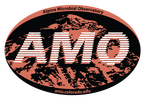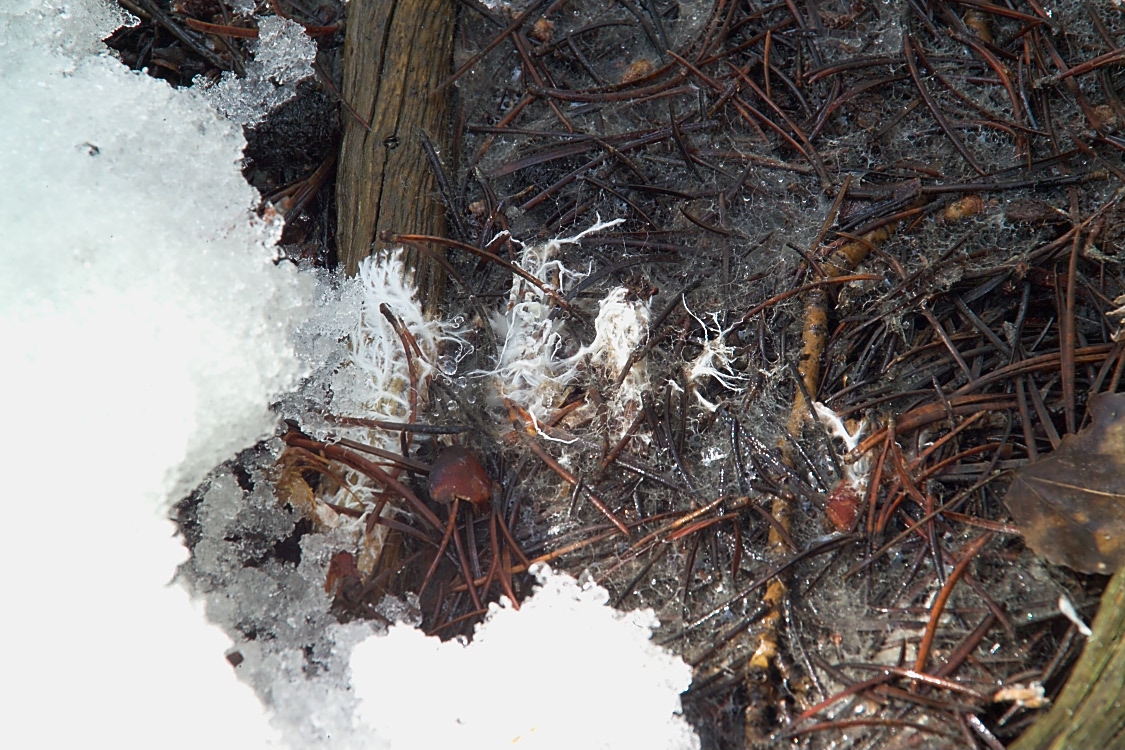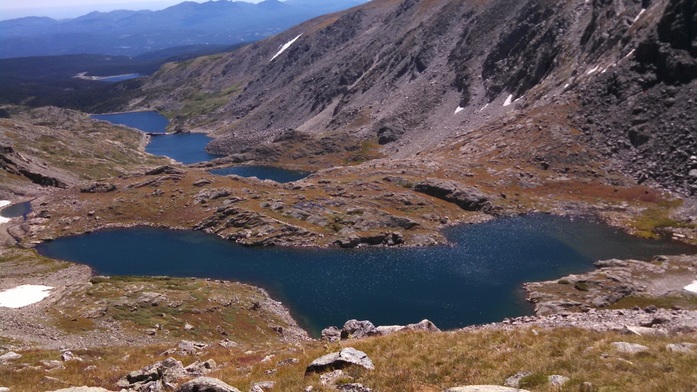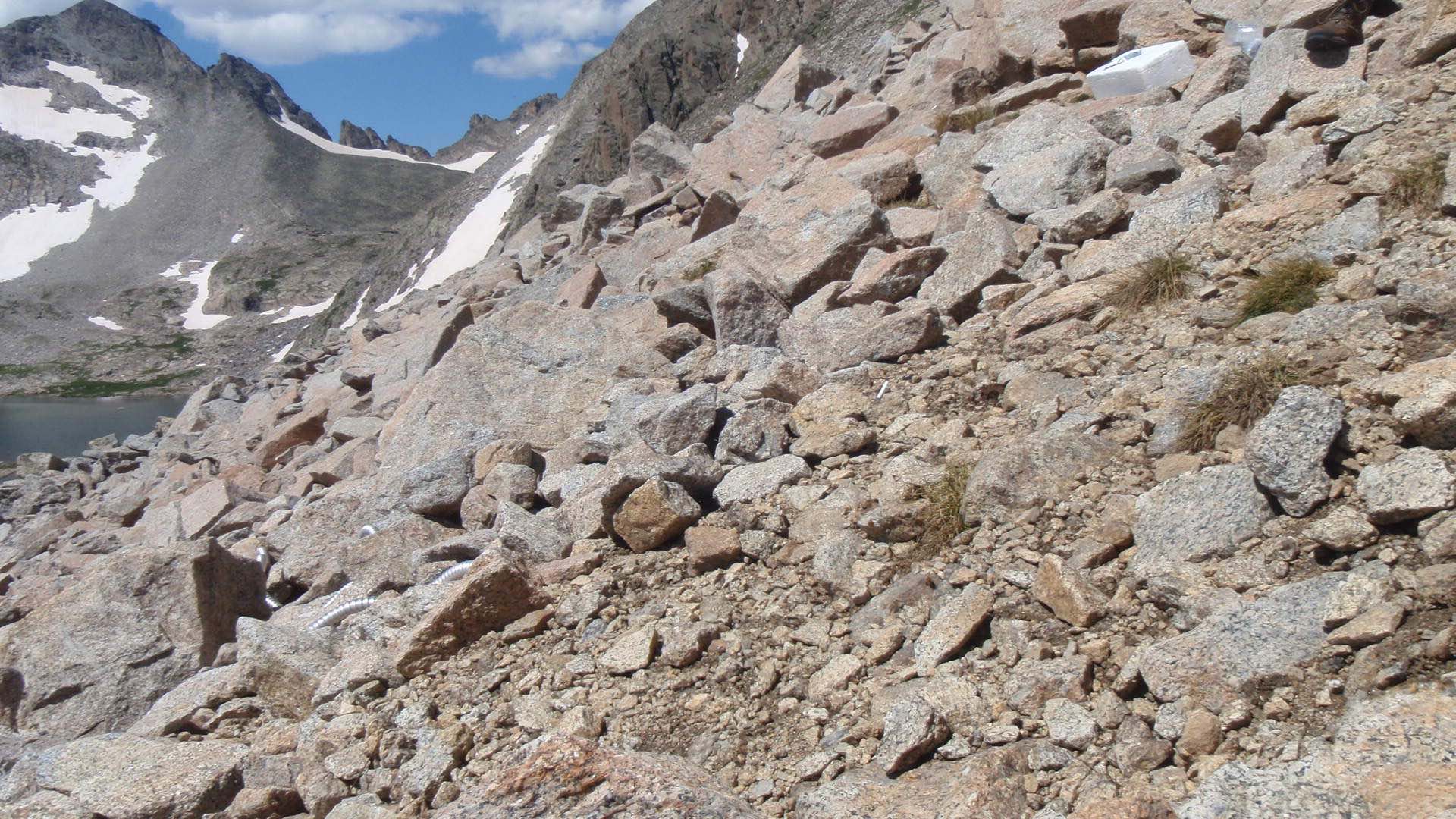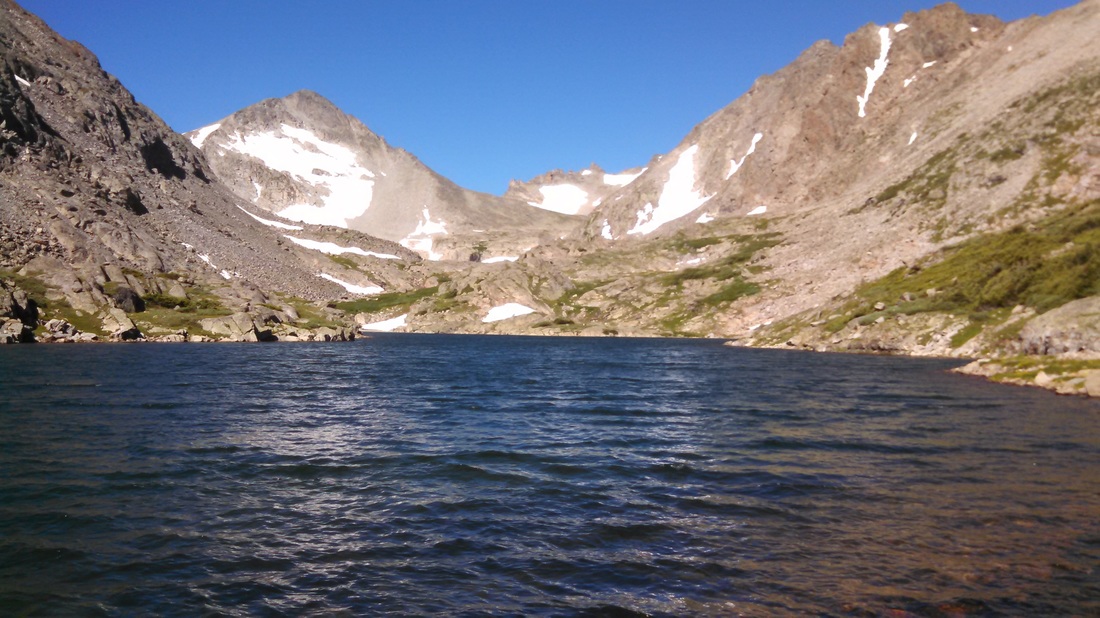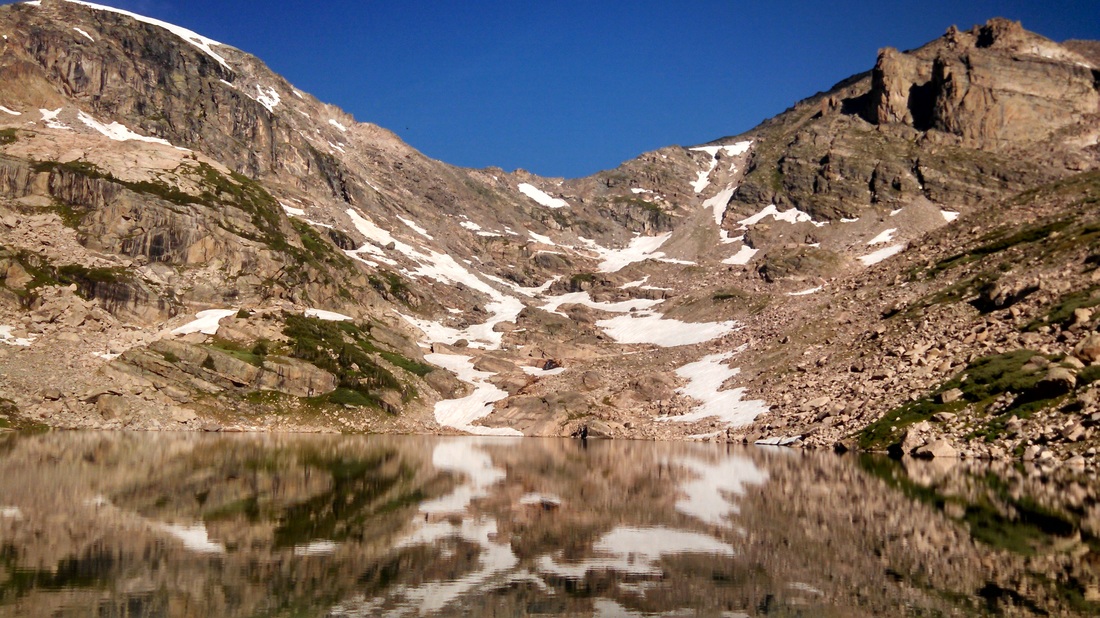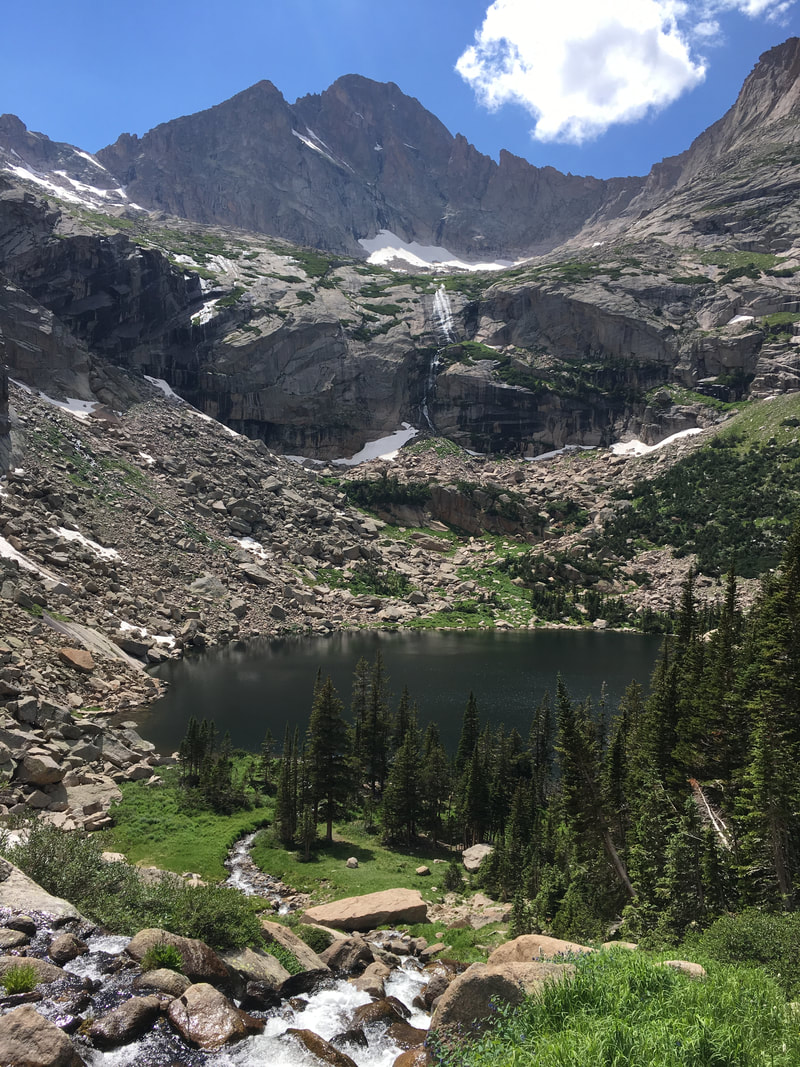In Colorado we primarily work at the Niwot Ridge LTER site which includes the City of Boulder watershed in the Green Lakes Valley where we have conducted many collaborative research projects aimed at understanding the biogeochemistry of forest (Monson et al. 2006), tundra (Schmidt et al. 2004) and barren soils (Ley et al. 2004) . Of special interest has been the study of microbial life and processes that occur under alpine snowpacks, especially as they relate to the seasonal turnover of nutrients and the production of greenhouse gases such as CO2, CH4, and N2O (Schmidt et al. 2007, 2009). More recently we have focused on the linkages between landscape level biogeography and biogeochemistry of microbes across the highest reaches of the Green Lakes Valley (King et al. 2010). These mostly plant-free areas are especially susceptible to global warming and are the focus of the moving uphill project. We are also studying microbial community succession and functioning following wildfires in forested areas of the Front Range of the Rockies (Knelman et al. 2015).
King, A.J. et al. 2010. Biogeography and habitat modelling of high-alpine bacteria. Nature Comm. 1:53 doi: 10.1038/ncomms1055
Knelman J.E. et al. 2015. Fire severity shapes plant colonization effects on bacterial communities,biomass, and soil enzyme activity in secondary succession. Soil Biol. Biochem. 90: 161-168.
Ley, R.E. et al.. 2004. Microbial population dynamics in an extreme environment: Controlling factors in talus soils at 3750m in the Colorado Rocky Mountains. Biogeochemistry 68: 313-335.
Monson, R.K. et al. 2006. Winter forest soil respiration controlled by climate and microbial community composition. Nature 439: 711-714 .
Schmidt, S.K. & D.A. Lipson. 2004. Microbial growth under the snow; Implications for nutrient availability in temperate soils. Plant and Soil 259: 1-7.
Schmidt, S.K et al. 2007. Biogeochemical consequences of rapid microbial turnover and seasonal succession in soil. Ecology 88: 1379-1385
Schmidt, S.K. et al. 2009. Exponential growth of “snow molds” at sub-zero temperatures: an explanation for high beneath-snow respiration rates and Q10 values. Biogeochemistry 95: 13-21.
King, A.J. et al. 2010. Biogeography and habitat modelling of high-alpine bacteria. Nature Comm. 1:53 doi: 10.1038/ncomms1055
Knelman J.E. et al. 2015. Fire severity shapes plant colonization effects on bacterial communities,biomass, and soil enzyme activity in secondary succession. Soil Biol. Biochem. 90: 161-168.
Ley, R.E. et al.. 2004. Microbial population dynamics in an extreme environment: Controlling factors in talus soils at 3750m in the Colorado Rocky Mountains. Biogeochemistry 68: 313-335.
Monson, R.K. et al. 2006. Winter forest soil respiration controlled by climate and microbial community composition. Nature 439: 711-714 .
Schmidt, S.K. & D.A. Lipson. 2004. Microbial growth under the snow; Implications for nutrient availability in temperate soils. Plant and Soil 259: 1-7.
Schmidt, S.K et al. 2007. Biogeochemical consequences of rapid microbial turnover and seasonal succession in soil. Ecology 88: 1379-1385
Schmidt, S.K. et al. 2009. Exponential growth of “snow molds” at sub-zero temperatures: an explanation for high beneath-snow respiration rates and Q10 values. Biogeochemistry 95: 13-21.
